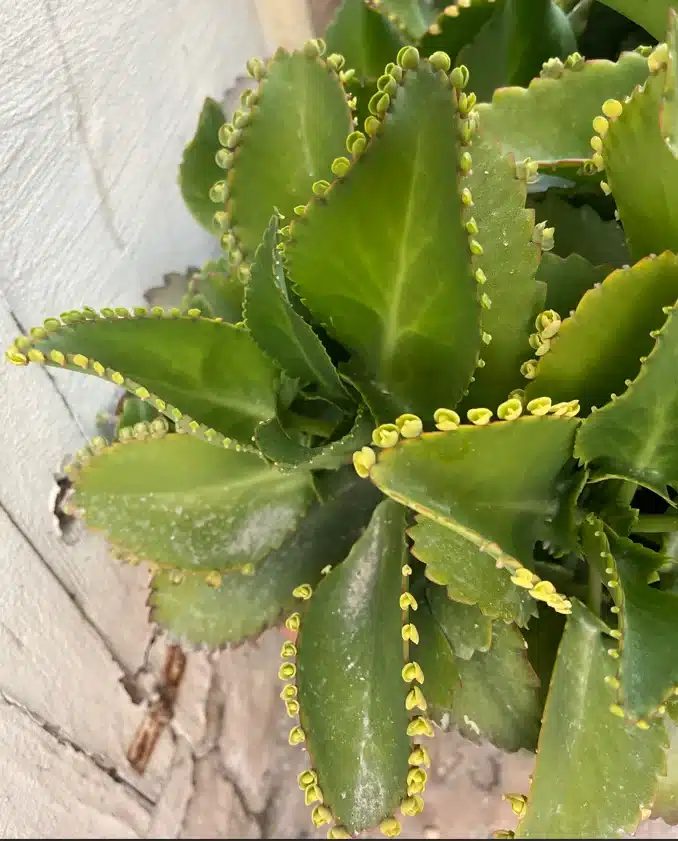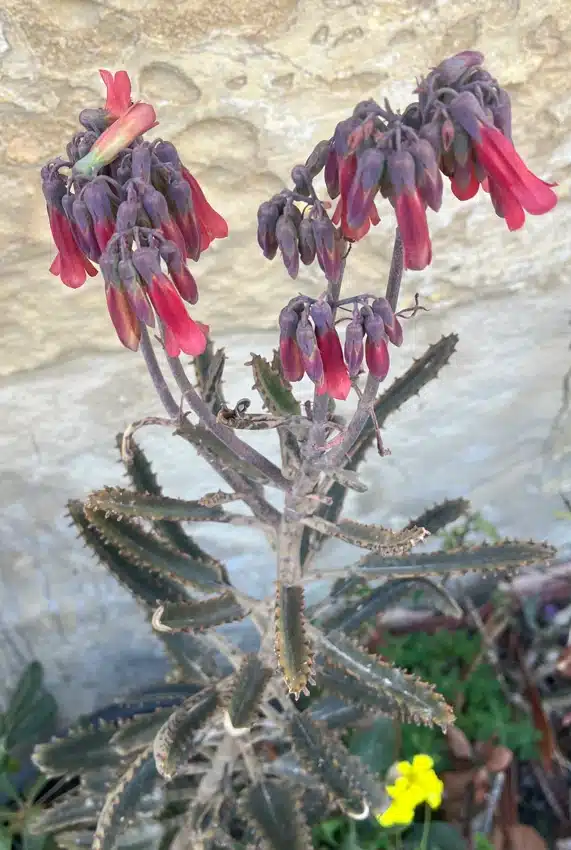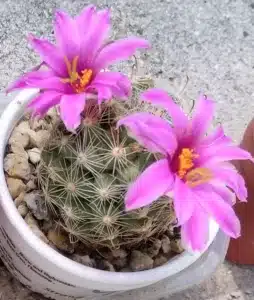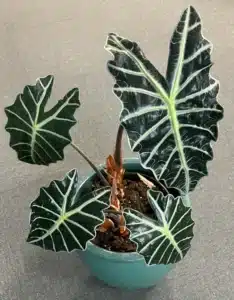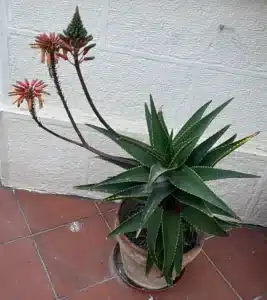
FAQ - Kalanchoe
Most frequent questions and answers
Absolutely! Kalanchoe species are like the friendly mentors among easy houseplants. With a bit of light, well-draining soil, and occasional water, you’re on your way to becoming a successful plant parent.
Certainly! Depending on your climate, Kalanchoe species can thrive outdoors. Just ensure they are protected from extreme weather conditions, and they’ll soak up the sunshine.
If your Kalanchoe is stretching towards the light, it’s a sign it’s craving more sunshine. Move it to a brighter spot, and consider rotating the pot regularly to ensure all sides receive equal light. Additionally, regular pruning, especially after flowering, helps maintain a bushier, more compact shape.



